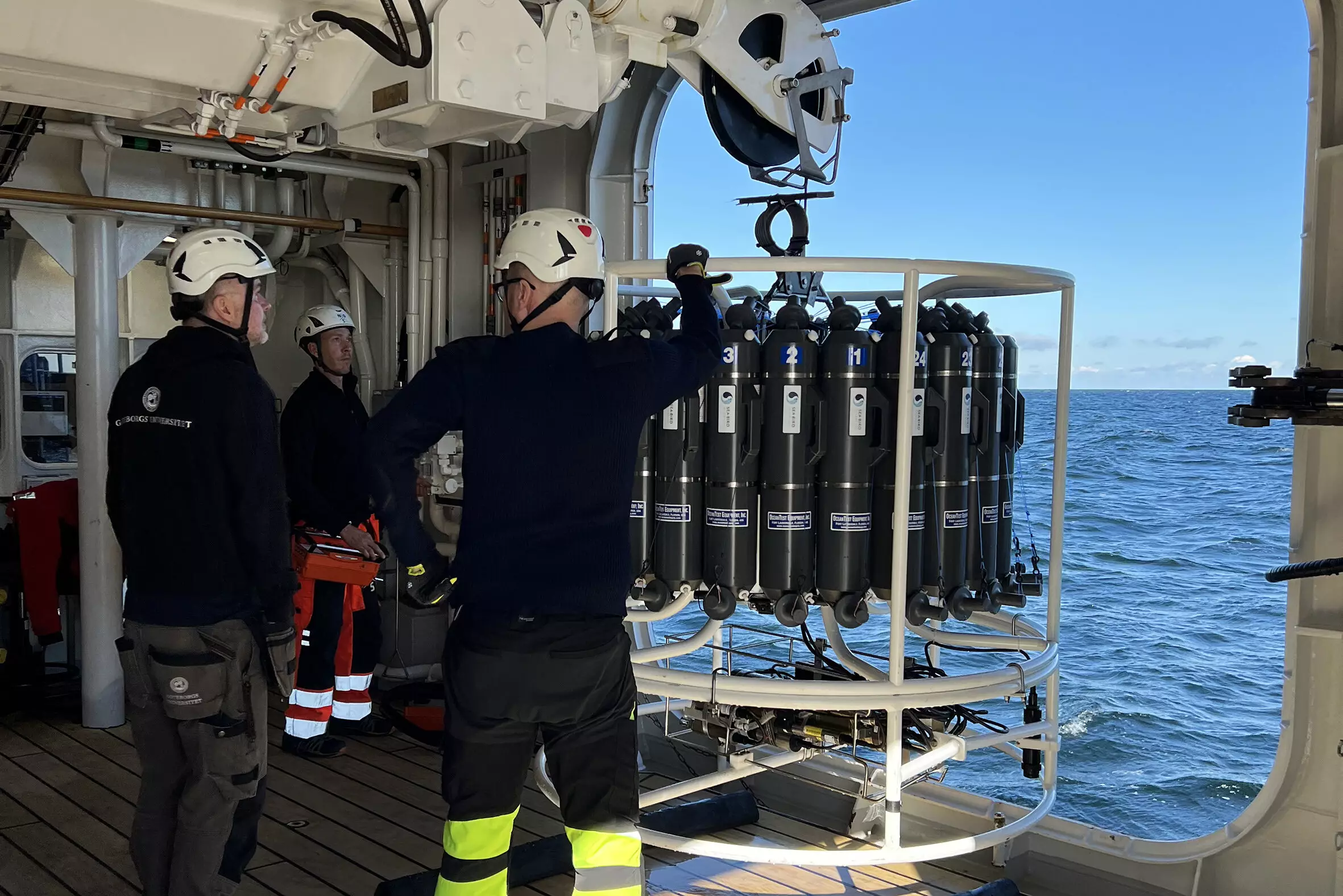The explosion on the bottom of the Baltic Sea from the Nord Stream gas pipeline resulted in one of the largest unnatural methane gas emissions ever recorded in the region. Researchers from the University of Gothenburg conducted measurements which revealed that a significant amount of the methane released remained in the water. While large bubbles of methane were observed on the water surface and elevated levels of methane were detected in the atmosphere, a substantial portion of the methane dissolved in the water instead.
A study published in Scientific Reports outlined the findings from the research conducted in the aftermath of the Nord Stream gas pipeline explosion. Professor Katarina Abrahamsson highlighted that between 10,000 and 50,000 tons of methane remained in the sea in dissolved form. This methane was distributed over vast areas and became absorbed in the water, where some was metabolized by bacteria. The research team was able to differentiate the methane from the gas pipeline leak from naturally occurring methane in the water by analyzing its isotopic composition.
Despite the rapid and substantial release of methane from the gas pipeline, researchers noted that there was no significant mixing of the water masses. Typically, the water in the southern Baltic Sea has different layers due to variations in temperature and salinity. The stable stratification observed at the end of September indicated that the leaked methane had varying concentrations in the water. It is speculated that the methane may have been diluted in a larger body of water as the water temperatures decreased later in the autumn, causing remixing.
The potential impact of the increased methane levels on the biological life in the southern Baltic Sea remains uncertain. Researchers who conducted the expedition also collected plankton samples in the affected area for further analysis. The ongoing studies aim to assess the effects of the methane exposure on phytoplankton and zooplankton populations in the region. Preliminary findings from a follow-up visit to the area three months after the initial expedition indicated high bacterial activity, suggesting a response to the increased methane presence.
The Nord Stream gas pipeline explosion in the southern Baltic Sea resulted in significant methane emissions, with a substantial amount remaining dissolved in the water. The environmental consequences of this event are still being investigated, particularly in relation to the impact on marine life in the affected region. The research conducted by the University of Gothenburg provides valuable insights into the behavior of methane in aquatic ecosystems and underscores the importance of monitoring and assessing the repercussions of such incidents on the environment.


Leave a Reply